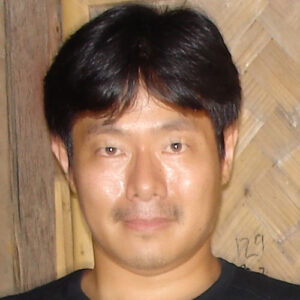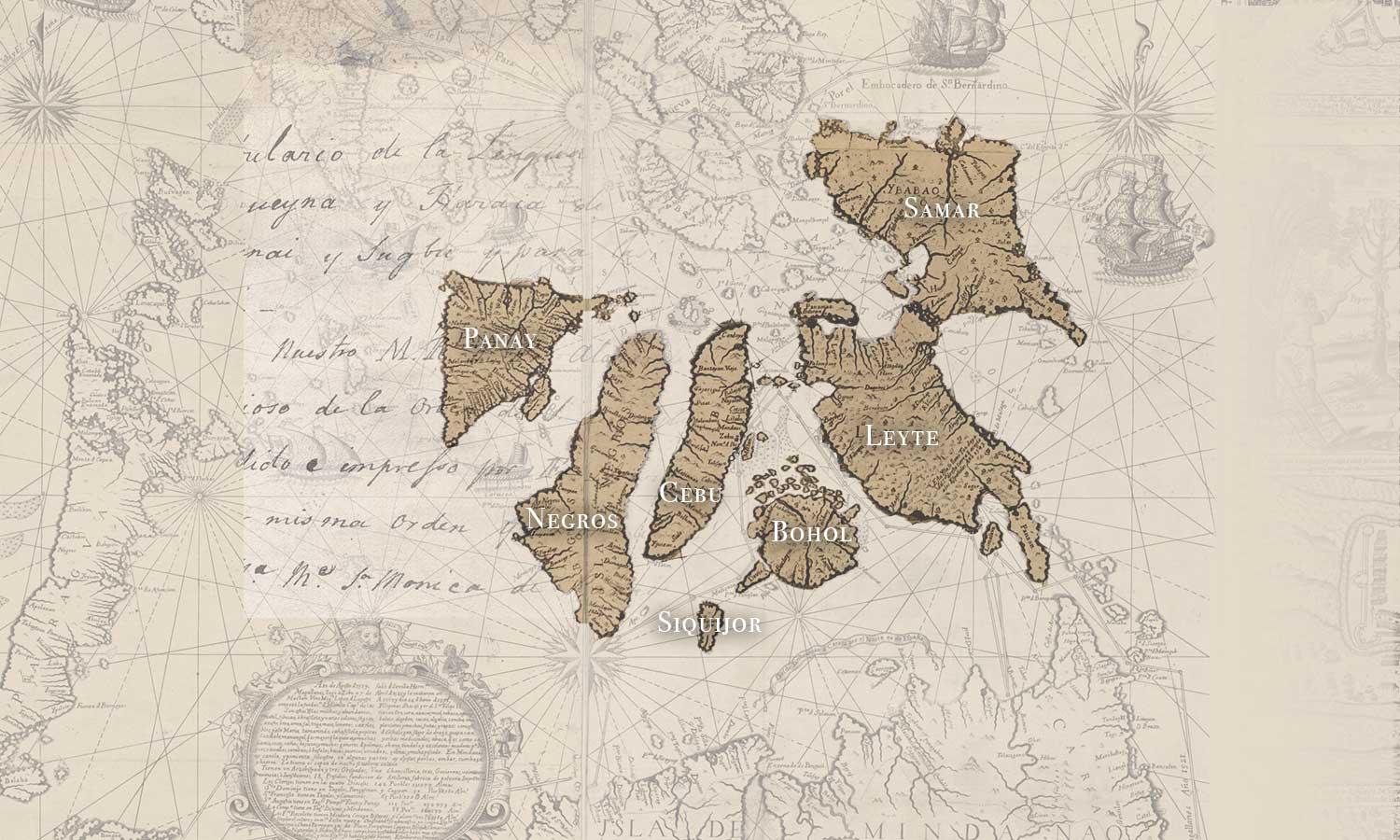From The Archives
Banig
Reed Weaving
There is a distinction in the Mentrida lexicon between weaving into textile – PAGHABUL – and weaving reeds or leaf fronds LALA into mats BANIG. The act of LALA weaving also includes plaiting “cables de bejucos” or vines as in the making of baskets, or AMACAN which are made with “cortezas de cana” or the “bark” of bamboo and used for house wall sidings.
— ![]() . —
. —
In this video lecture, Elmer Nocheseda explores the banig – the tradition of plaiting leaf fronds or reeds. He specially focusses on the mat weaving tradition from Basey, Samar, Leyte. He looks at archival sources that mentions the use of mats in 17th c Visayas, and connects these to contemporary techniques and designs of the famous mats of Leyte.
 Elmer Nocheseda, is an independent scholar, a mat cognoscente and an inveterate researcher. In 2017, he released his third book entitled Rara: Art and Tradition of Mat Weaving in the Philippines. Earlier, he also published the book Palaspas, a richly photographed book, on how the palm leaf has figured in Philippine early history and culture.
Elmer Nocheseda, is an independent scholar, a mat cognoscente and an inveterate researcher. In 2017, he released his third book entitled Rara: Art and Tradition of Mat Weaving in the Philippines. Earlier, he also published the book Palaspas, a richly photographed book, on how the palm leaf has figured in Philippine early history and culture.
Art and Practice
Fish Traps (Bubu)
This presentation is an ethnographic account of moray fishing activity using bamboo trap of Mactan Island, Cebu located in Visayas Islands of the Philippines. Several bamboo trap fishing activities are engaged on the tidal flat of Mactan Island; bantak for moray, teming for small fish and crabs, and panggal for rabbit fish and wrasse. This presentation focuses on moray fishing using a bantak. Small moray are harvested and eaten mainly in Mactan. Furthermore, moray festival is a main event because the catch is abundant. Moray is an important resource in terms of subsistence of the small-scale fishermen economically and the area socio-culturally for tourism, etc. Moray fishing is practiced with using bamboo traps knitted with bamboo splits by men. More or less a hundred of bamboo are set on fishing ground on tidal flat when it is low tide and collect in next day. About two hundred morays are harvested with a hundred traps. This presentation shows data about the making of bamboo trap, food culture of moray, how to set the trap on tidal flat, how to harvest moray from material cultural, ecological, and economic scopes to identify the fishing method and subsistence activity of the fishermen.
 Takashi Tsuji is a Japanese ecological anthropologist and senior regional geographer who researches systems of subsistence activity and ethnobiology, mainly in the Philippines and Lao PDR. His current concern is the use of water buffalo milk in Southeast Asia. His English papers include “The Technique and Ecology Surrounding Moray Fishing: A Case Study of Moray Trap Fishing on Mactan Island, Philippines,” Rintaro Ono, David Addison, Alex Morrison (eds.). Prehistoric Marine Resource Use in the Indo-Pacific Region. Canberra: Australian National University Press, pp. 167-181 (2013).
Takashi Tsuji is a Japanese ecological anthropologist and senior regional geographer who researches systems of subsistence activity and ethnobiology, mainly in the Philippines and Lao PDR. His current concern is the use of water buffalo milk in Southeast Asia. His English papers include “The Technique and Ecology Surrounding Moray Fishing: A Case Study of Moray Trap Fishing on Mactan Island, Philippines,” Rintaro Ono, David Addison, Alex Morrison (eds.). Prehistoric Marine Resource Use in the Indo-Pacific Region. Canberra: Australian National University Press, pp. 167-181 (2013).


